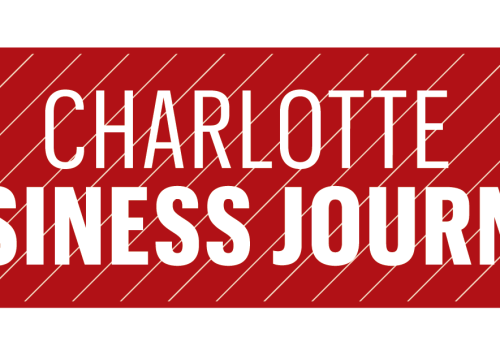
I-77 Express is a public-private partnership between I-77 Mobility Partners and the North Carolina Department of Transportation that developed an innovative solution to a critical transportation corridor that was often plagued by congestion.
Completed in October 2022, the study by New York-based consultancy firm Steer examined the expenditure and socioeconomic impacts of 21 Cintra public-private partnership infrastructure projects across nine countries in the U.S., Canada, South America, Europe and Australia, including I-77 Express in Charlotte.
Essentially, the expenditure impacts include the resources and activities needed to build the projects, as well as economic expenditures and job creation that were catalyzed by the projects. The socioeconomic impacts comprised savings in travel time, reliability and vehicle operating costs, improvements in road safety and emissions, and increased productivity.
“Through successful private-public partnerships, our highways are connecting communities and driving global economic growth,” said Alberto González, CEO of Cintra in the United States. “Together, we’re providing relief to highly congested corridors while generating benefits for the people in the surrounding areas.”
Cintra, a subsidiary of Ferrovial, is one of the shareholders of I-77 Mobility Partners, the company that designed, built and now operates I-77 Express. As part of a public-private partnership with the North Carolina Department of Transportation, I-77 Mobility Partners secured more than half a billion dollars in private financing, allowing NCDOT to make major improvements to 26.2 miles of I-77 roughly 20 years of ahead of schedule.
Improvements for workers and the economy
In addition to dramatically improving traffic flow and safety along the I-77 Express corridor, the project has proven to be an engine of local economic growth. Aside from increasing economic input, Steer found that the project created 9,500 Full Time Equivalent (FTE) job-years – FTE jobs are calculated by dividing the total hours worked by the maximum compensable hours in a full-time schedule – and increased worker earnings by $500 million between the beginning of the project in 2015 and the end of it in 2021.
The study also found that between the opening of I-77 Express in 2019 and the end of 2021 savings in travel time, reliability and vehicle operating costs amounted to $170 million, improvements in safety and emissions amounted to $1 million and increased productivity amounted to $30 million.
After three full years of operations, what’s grown clear is that I-77 Express is helping the regional economy continue to recover from the pandemic. Despite a 15% increase in overall traffic volume, the corridor is moving people and commerce at a faster, more predictable pace. By one industry standard, traffic flow has increased in the express and free general-purpose lanes by a whopping 90%.
“We’re helping get people and goods where they need to go in a safer, more reliable manner,” said Jose Espinosa, CEO of I-77 Mobility Partners. “Innovating and investing in the future of transportation is a commitment to strengthening our local communities.”
Overall, Steer determined that Cintra’s projects around the world added $60.8 billion to their countries’ GDPs. They also created 334,500 FTE job-years – which added more than $14 billion in direct worker earnings – and drastically improved safety. In North America alone, for example, the study estimated that Cintra’s projects prevented more than 21,600 accidents.
For more information on Cintra and its projects, please visit ferrovial.com/cintra.
Cintra is the world’s leading private-sector transportation infrastructure company that has helped communities solve transportation issues by efficiently delivering innovative and effective infrastructure solutions that help drivers and commerce move around safely for more than 50 years. Globally, Cintra currently manages highways spread over 24 concessions in nine countries, including Canada, the United States, Europe, Australia and Colombia.
Click here to read the original article.

